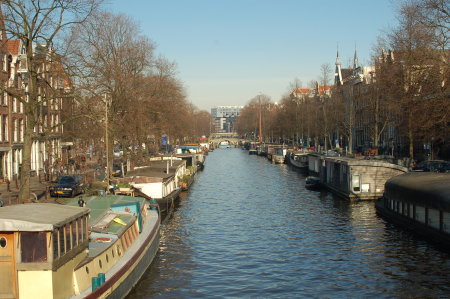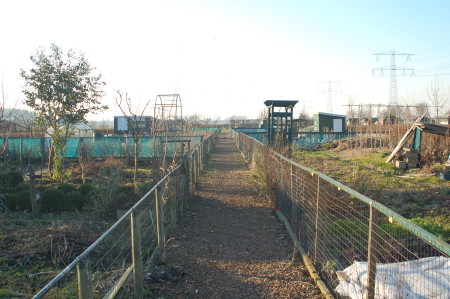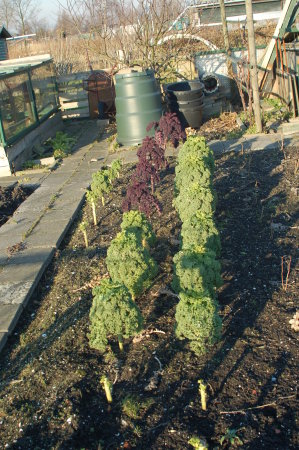Kate of Hills and Plains Seedsavers recently made a post on this, and asked what I thought.
I must admit, I’m a little bit cautious and sceptical on these kinds of things. Last year Europe launched it’s emission trading scheme, and it was little more than a circus. Local governments were allowed to issue as many credits as they wanted, flooding the trading scheme, and all that happened was the politicians threw up their arms and promised it wouldn’t happen again. Yeah, right!
We’ve all just seen the big push into unsustainable biofuels take off all over the world. In Europe at least this is in part intended to let the auto manufacturers off the hook by reducing the fossil fuel portion of their CO2 emissions. Since biofuels generate more greenhouse gases than they save, this too is hardly credible.
There has been a lot of discussion here if airlines would have to participate in the trading scheme, and after a lot of public pressure it seems they will. Still to be determined is will it cover travel outside of Europe or foreign airlines, and will they be allowed ‘extra credits’ in order to accomodate their huge growth in recent years and foreign competition. It hardly seems like there will be any serious progress made here either.
I was reading through the 89 page Australian scheme discussion paper Kate linked to, and on page 35 I came across the following:
EU: Australia should explore the possibility of trading with the EU ETS. EU views on excluding forestry and agriculture from ETS may be a problem in the early stages especially given the potential arrangements with Australia’s regional neighbours.
The EU intends to exclude agriculture from it’s emissions trading scheme?! I don’t have enough information on how serious it would be to exclude forestry, but I almost don’t think a trading scheme would be worthwhile if it excluded agriculture. Agriculture is one of the largest, if not the single largest source of greenhouse gases in all of Europe!
Politically speaking, agriculture in Europe is like a rock. It’s immune to public and international pressure, makes most of it’s own decisions in secret, and if it intends to exclude itself from the ETS, it will get it’s way in the end. All the kings horses and all the kings men won’t change this reality.
In the US presidential campaign, all of the serious contenders have stated they will support an emissions trading scheme with the intention of reducing greenhouse gases to 80% below 1990 levels by 2050. This seems pretty clear, but by 2050 several presidential administrations will have come and gone. If all the cuts in greenhouse gases are scheduled to be made in 2049, this won’t be very credible or helpful to the environment now! The proof will be in the implementation.
I think in general most nations of the world realize it’s a political reality that they have to participate in an ETS, and Australia is no exception. This 89 page discussion paper that’s been issued is full of potential loopholes, and in the end the effectiveness of any ETS will be in the fine print, and which industries obtain a full or partial exemption. I really have my doubts.
When certified organic foods began appearing in supermarkets, I frequently ran into very excited people asking me if I didn’t think it was great? If I offered even the slightest indication of a lack of enthusiasm, I was usually met with something along the lines of ‘You mean you’re against organic foods!’, and this is what I feel like here. I am not against emission reductions and I am not against ETSs, I just have my doubts on how effective they will be in the end.




